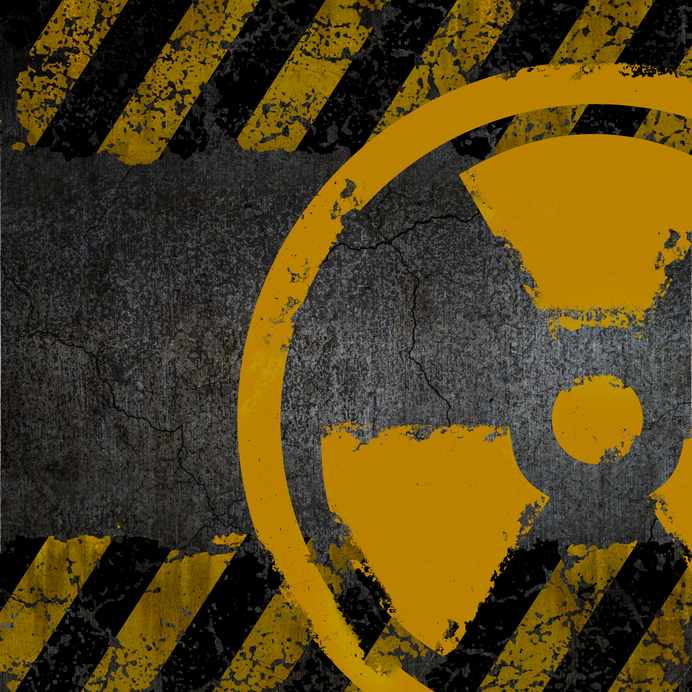Yesterday we reviewed the Department of Homeland Security’s (DHS) new plans to improve how it assesses facility risks under the Chemical Facility Anti-Terrorism Standards (CFATs). Today we will outline five steps to help you determine if your facility could be targeted as high risk and subject to submitting the initial Top-Screen survey to the DHS.

|
With DHS’s changes to how it is determining which chemical facilities are high risk and the temporary suspension of the requirement to submit a Chemical Security Assessment Tool (CSAT) Top-Screen and Security Vulnerability Assessments (SVA), now is the time to figure out if you can change your inventory and eliminate particular chemicals or bring them under the STQ.
Note. There are over 300 chemicals that the DHS have designated as chemicals of interest (COIs). COIs are found in 6 CFR 27 Appendix A and are also known as Appendix A COIs. Appendix A also identifies the security issue or threat, the STQ, and the minimum concentration if in a mixture for each COI.
5 Steps Toward a Top-Screen Determination
Step 1. Determine which chemicals at your facility are on the COI list. This task is easier if you have well-organized records.
Step 2. Check the safety data sheets (SDSs) for the COI you have identified. If the COI is part of a mixture, review the list of constituents in Section 3 of the SDS. If one of the substances from the COIs list is listed as a component on the SDS, record this information along with its percentage by weight.
Step 3. Identify the security issues associated with each COI you have on-site. Under the CFATS, there are three main security threats associated with COIs:
- Release—these chemicals are toxics, flammables, and/or explosives
- Theft and diversion—the concern here is chemical weapons and their precursors, weapons of mass destruction, and explosives and materials to make improvised explosive devices
- Sabotage and contamination—the primary fear examples here are chemicals that could contaminate a water supply
Step 4. Determine the quantity of each COI on-site, in accordance with parameters for each applicable security issue.
Step 5. Compare the quantity of each COI on-site to the STQ for each applicable security issue.
If the quantity on-site equals or exceeds an STQ, submit a Top-Screen survey.
There’s a reason the DHS is changing its CFAT process—it’s confusing and time-consuming. Enviro.BLR.com® has compliance information, tips, and special reports that can help walk you through the DHS chemical facility security maze.
